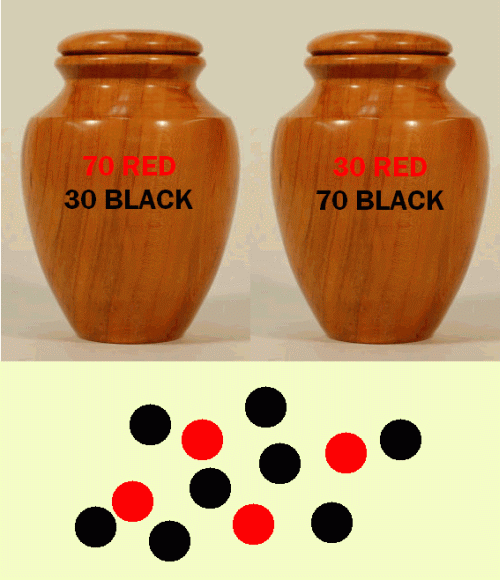Friday Roundup
Keeping up with the Joneses. I mentioned on Monday that in the past five years Ohio's executed more people than all other non-Southern states combined, but it looks like other states might be catching up. Like California, for instance, which has no fewer than 700 people languishing on death row, including seven who have exhausted all state and federal appeals. That wouldn't include John Davenport, who's been on death row since 1981; he still has stuff going on in Federal court. But it would include Albert Greenwood Brown, Jr., who's been there since 1982. He was supposed to have been executed in September, in what would have been California's first execution in five years, but it had to be postponed.
Why? Because the California Department of Correction's only dose of lethal-injection drug passed its expiration date.
Speaking of the death penalty, a new poll showed that 83% of the American public support the death penalty. And that's just for murder; 62% would use it to punish rape, and 51% for kidnapping. Most people draw the line at robbery, though; only 40% would support that. Thirty-nine percent think it acts as a deterrent, but 35% don't believe that it does. And 81% believe that innocent people have been executed.
Make of all that what you will.
March of Technology, Chapter 34. A couple of months back, I decided I was too dumb to use a smartphone. I'd gotten the Droid Incredible, and in two weeks concluded that I didn't feel like putting in the Incredible amount of effort I'd have to in order to make full use of its features, most of which I didn't need anyway.
Lauren Rosenberg probably should've come to the same conclusion. She relied on her BlackBerry's Google Maps application to get from one place to another in Utah, and it told her to use Deer Valley Drive. She was walking, alas, and the directions didn't advise her that Deer Valley Drive has no sidewalks. She was hit by a car, and like any red-blooded American, promptly sued. And not just the driver of the car; she sued Google, too.
I've used various mapping devices over the years, and have found them to be something less than error-free. Microsoft's directions had me puzzled on one vacation trip, until I realized that the town they had as being north of Ft. Knox was actually south of it. Mapquest told me to turn left out of the Phoenix airport instead of right, putting me in an area of town substantially different from the scenic park I had anticipated going to. And, of course, Google can get a little bit silly, too; a few years back, if you asked it for directions from New York to London, Plot Point 23 was "Swim across the Atlantic Ocean - 3,462 mi."
That, coupled with the fact that if any condition might be deemed "open and obvious," that you're walking in a road instead of on a sidewalk would qualify, renders Rosenberg's suit something less than a slam dunk. She might be helped by what this article notes:
Google Maps warns users about walking directions on its version for computers, saying that "Walking directions are in beta. Use caution -- This route may be missing sidewalks or pedestrian paths." However, the mobile version of Google Maps does not come with the warning.
Reasonable doubt explained... Maybe. Here's one making the rounds in the legal blogosphere.
Here I have a couple of urns. The one on the left contains 70 red balls and 30 black. The one on the right contains 30 red and 70 black.While you weren’t looking, I reached into one of these urns and randomly drew out a dozen balls. As you can see, 4 of them were red and 8 were black.
Here are three questions that I think you ought to be able to answer if you want to be in the business of assessing evidence:
- If you had to guess, which urn would you guess I drew from?
- What’s your estimate of the odds that you’re right?
- Do you think you’re right beyond a reasonable doubt?
The correct answer is that there's a 98% probability that the balls were drawn from the right urn.
Now, the question is: is 98% probability equivalent to proof beyond a reasonable doubt?
As I said, you can find a lot of debate on this in the legal blogs, and one of the things I came across is that empirical research indicates that jurors use somewhere between 70% and 74% as a cutoff figure. Food for thought.

Comments